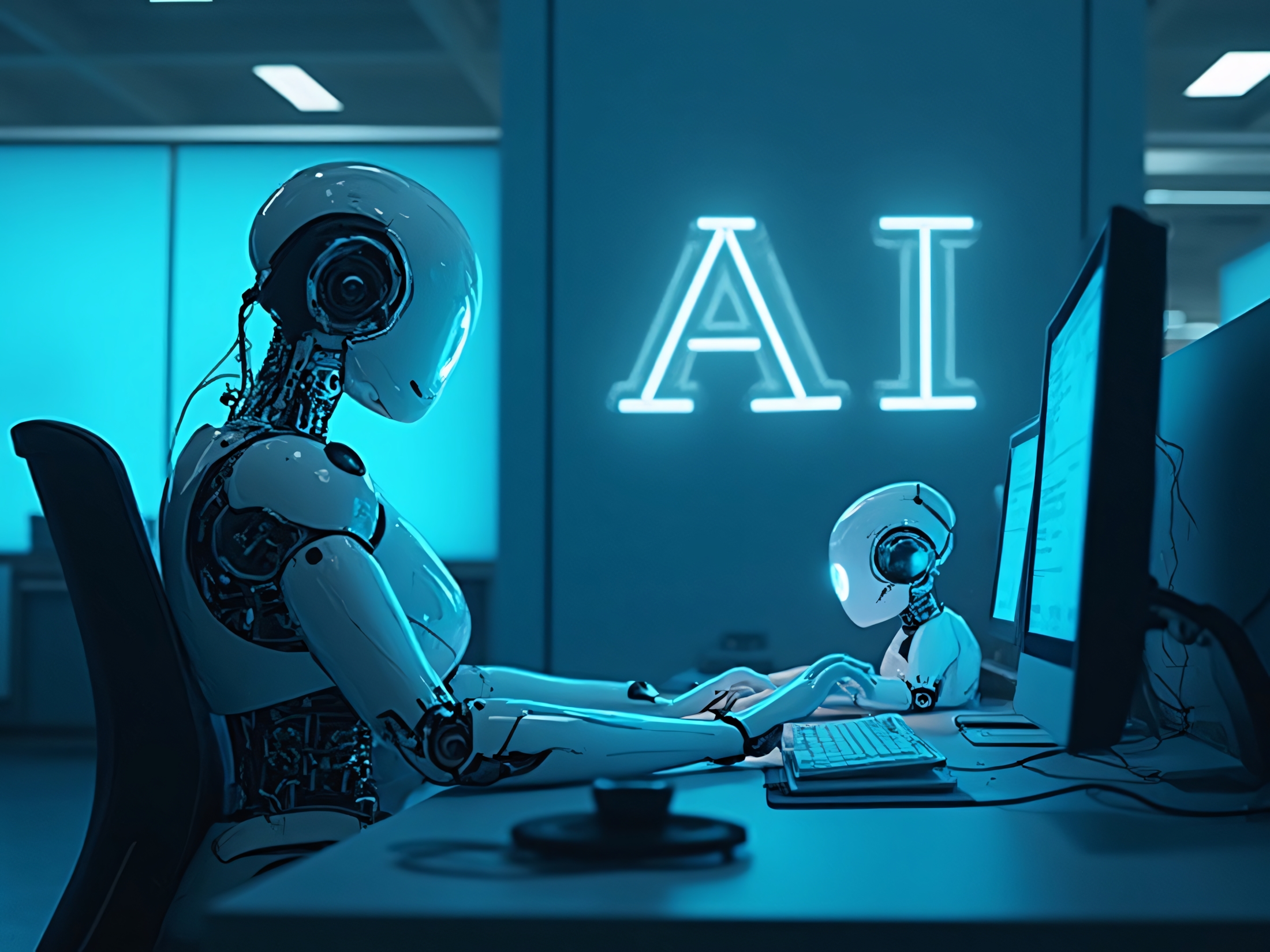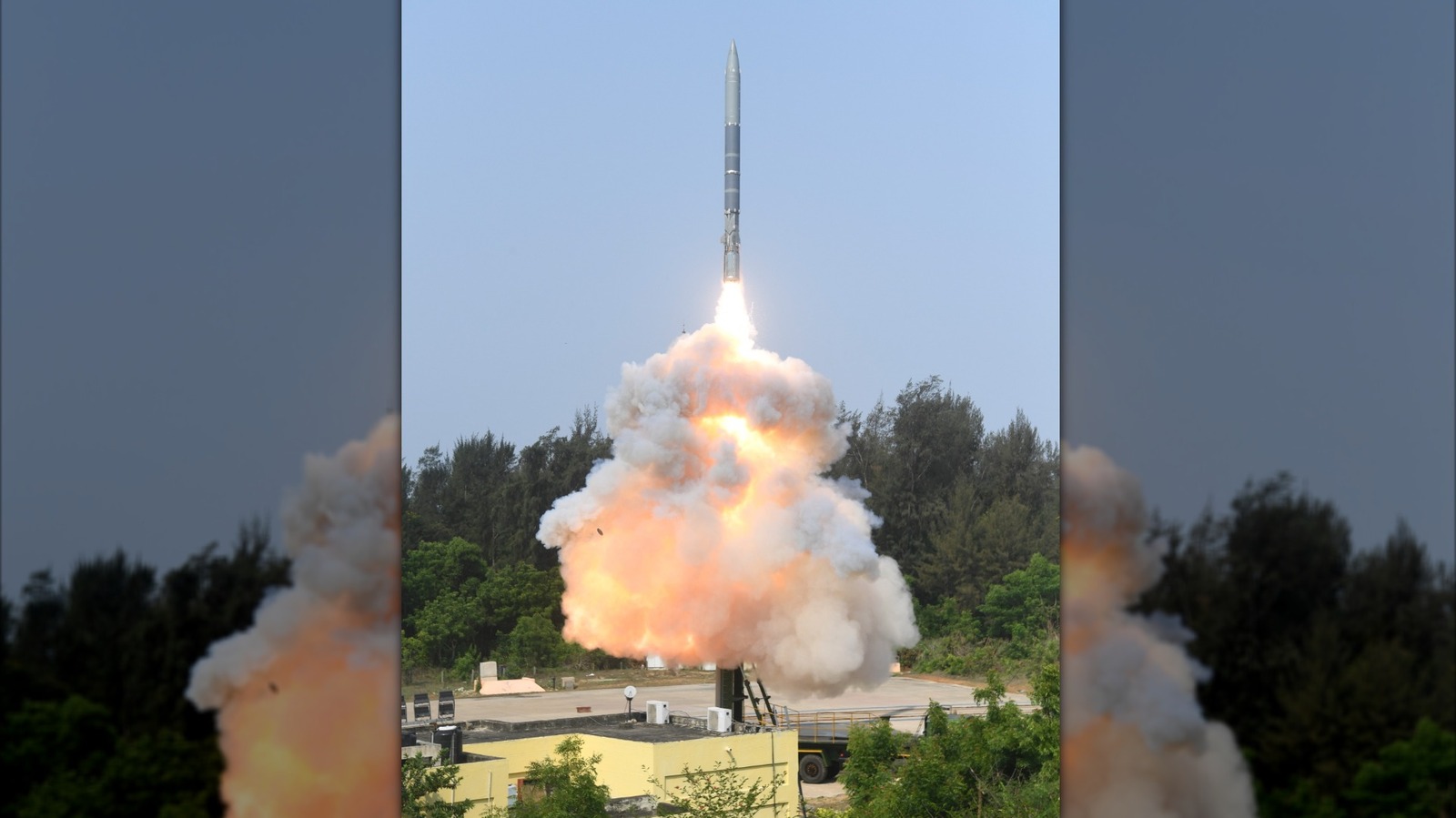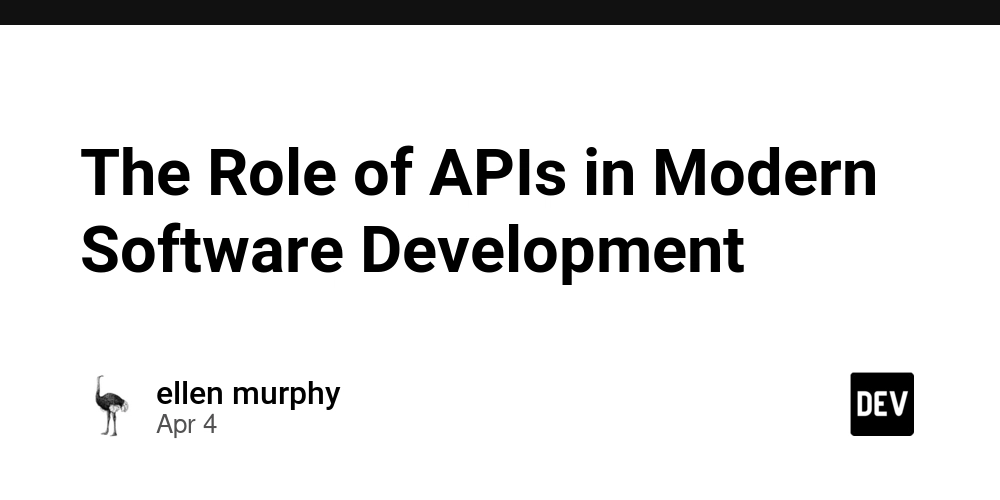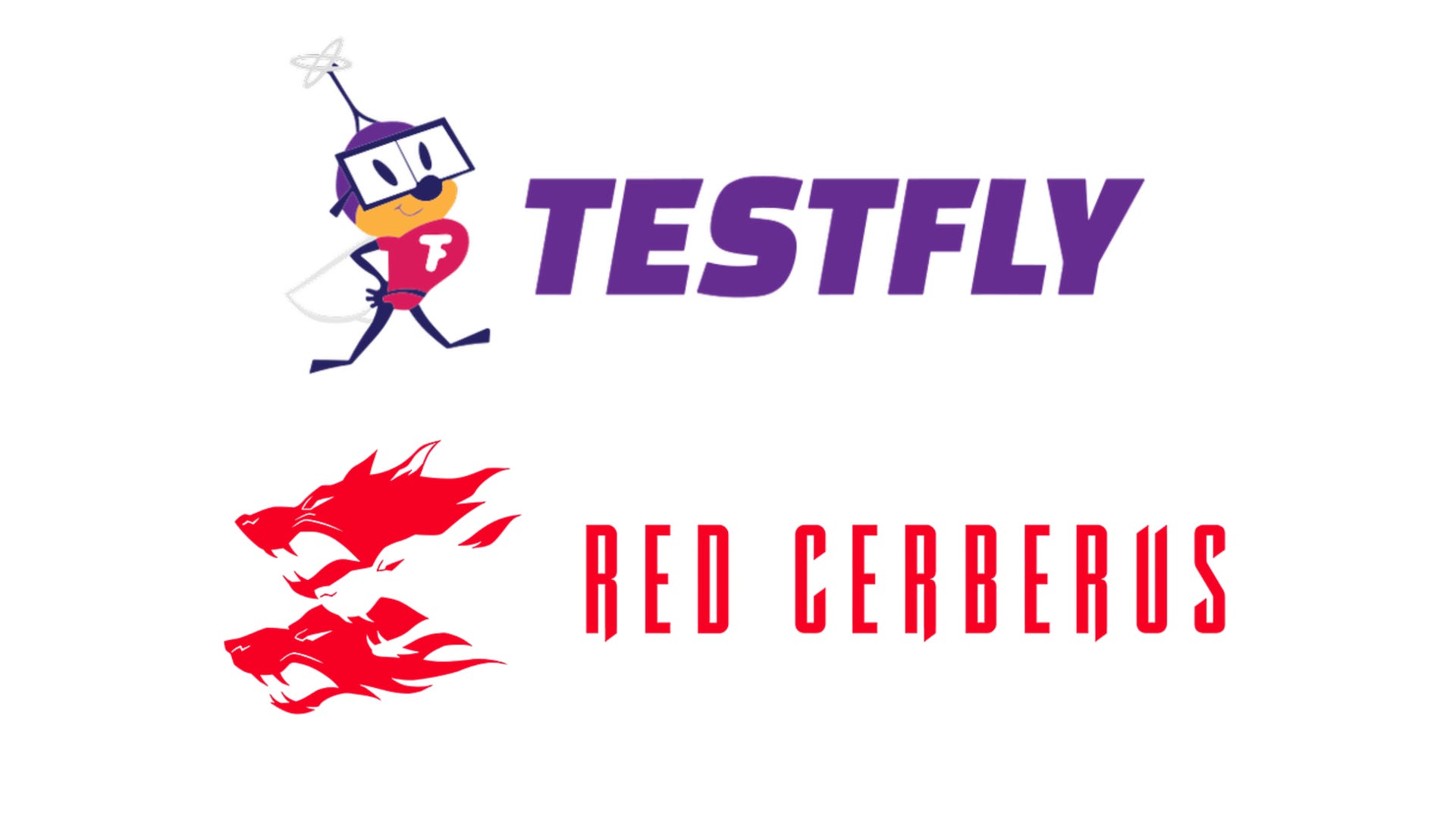Bridging the AI Agent Gap: Implementation Realities Across the Autonomy Spectrum
Recent survey data from 1,250+ development teams reveals a striking reality: 55.2% plan to build more complex agentic workflows this year, yet only 25.1% have successfully deployed AI applications to production. This gap between ambition and implementation highlights the industry's critical challenge: How do we effectively build, evaluate, and scale increasingly autonomous AI systems? Rather […] The post Bridging the AI Agent Gap: Implementation Realities Across the Autonomy Spectrum appeared first on Unite.AI.


Recent survey data from 1,250+ development teams reveals a striking reality: 55.2% plan to build more complex agentic workflows this year, yet only 25.1% have successfully deployed AI applications to production. This gap between ambition and implementation highlights the industry's critical challenge: How do we effectively build, evaluate, and scale increasingly autonomous AI systems?
Rather than debating abstract definitions of an “agent,” let's focus on practical implementation challenges and the capability spectrum that development teams are navigating today.
Understanding the Autonomy Framework
Similar to how autonomous vehicles progress through defined capability levels, AI systems follow a developmental trajectory where each level builds upon previous capabilities. This six-level framework (L0-L5) provides developers with a practical lens to evaluate and plan their AI implementations.
- L0: Rule-Based Workflow (Follower) – Traditional automation with predefined rules and no true intelligence
- L1: Basic Responder (Executor) – Reactive systems that process inputs but lack memory or iterative reasoning
- L2: Use of Tools (Actor) – Systems that actively decide when to call external tools and integrate results
- L3: Observe, Plan, Act (Operator) – Multi-step workflows with self-evaluation capabilities
- L4: Fully Autonomous (Explorer) – Persistent systems that maintain state and trigger actions independently
- L5: Fully Creative (Inventor) – Systems that create novel tools and approaches to solve unpredictable problems
Current Implementation Reality: Where Most Teams Are Today
Implementation realities reveal a stark contrast between theoretical frameworks and production systems. Our survey data shows most teams are still in early stages of implementation maturity:
- 25% remain in strategy development
- 21% are building proofs-of-concept
- 1% are testing in beta environments
- 1% have reached production deployment
This distribution underscores the practical challenges of moving from concept to implementation, even at lower autonomy levels.
Technical Challenges by Autonomy Level
L0-L1: Foundation Building
Most production AI systems today operate at these levels, with 51.4% of teams developing customer service chatbots and 59.7% focusing on document parsing. The primary implementation challenges at this stage are integration complexity and reliability, not theoretical limitations.
L2: The Current Frontier
This is where cutting-edge development is happening now, with 59.7% of teams using vector databases to ground their AI systems in factual information. Development approaches vary widely:
- 2% build with internal tooling
- 9% leverage third-party AI development platforms
- 9% rely purely on prompt engineering
The experimental nature of L2 development reflects evolving best practices and technical considerations. Teams face significant implementation hurdles, with 57.4% citing hallucination management as their top concern, followed by use case prioritization (42.5%) and technical expertise gaps (38%).
L3-L5: Implementation Barriers
Even with significant advancements in model capabilities, fundamental limitations block progress toward higher autonomy levels. Current models demonstrate a critical constraint: they overfit to training data rather than exhibiting genuine reasoning. This explains why 53.5% of teams rely on prompt engineering rather than fine-tuning (32.5%) to guide model outputs.
Technical Stack Considerations
The technical implementation stack reflects current capabilities and limitations:
- Multimodal integration: Text (93.8%), files (62.1%), images (49.8%), and audio (27.7%)
- Model providers: OpenAI (63.3%), Microsoft/Azure (33.8%), and Anthropic (32.3%)
- Monitoring approaches: In-house solutions (55.3%), third-party tools (19.4%), cloud provider services (13.6%)
As systems grow more complex, monitoring capabilities become increasingly critical, with 52.7% of teams now actively monitoring AI implementations.
Technical Limitations Blocking Higher Autonomy
Even the most sophisticated models today demonstrate a fundamental limitation: they overfit to training data rather than exhibiting genuine reasoning. This explains why most teams (53.5%) rely on prompt engineering rather than fine-tuning (32.5%) to guide model outputs. No matter how sophisticated your engineering, current models still struggle with true autonomous reasoning.
The technical stack reflects these limitations. While multimodal capabilities are growing—with text at 93.8%, files at 62.1%, images at 49.8%, and audio at 27.7%—the underlying models from OpenAI (63.3%), Microsoft/Azure (33.8%), and Anthropic (32.3%) still operate with the same fundamental constraints that limit true autonomy.
Development Approach and Future Directions
For development teams building AI systems today, several practical insights emerge from the data. First, collaboration is essential—effective AI development involves engineering (82.3%), subject matter experts (57.5%), product teams (55.4%), and leadership (60.8%). This cross-functional requirement makes AI development fundamentally different from traditional software engineering.
Looking toward 2025, teams are setting ambitious goals: 58.8% plan to build more customer-facing AI applications, while 55.2% are preparing for more complex agentic workflows. To support these goals, 41.9% are focused on upskilling their teams and 37.9% are building organization-specific AI for internal use cases.
The monitoring infrastructure is also evolving, with 52.7% of teams now monitoring their AI systems in production. Most (55.3%) use in-house solutions, while others leverage third-party tools (19.4%), cloud provider services (13.6%), or open-source monitoring (9%). As systems grow more complex, these monitoring capabilities will become increasingly critical.
Technical Roadmap
As we look ahead, the progression to L3 and beyond will require fundamental breakthroughs rather than incremental improvements. Nevertheless, development teams are laying the groundwork for more autonomous systems.
For teams building toward higher autonomy levels, focus areas should include:
- Robust evaluation frameworks that go beyond manual testing to programmatically verify outputs
- Enhanced monitoring systems that can detect and respond to unexpected behaviors in production
- Tool integration patterns that allow AI systems to interact safely with other software components
- Reasoning verification methods to distinguish genuine reasoning from pattern matching
The data shows that competitive advantage (31.6%) and efficiency gains (27.1%) are already being realized, but 24.2% of teams report no measurable impact yet. This highlights the importance of choosing appropriate autonomy levels for your specific technical challenges.
As we move into 2025, development teams must remain pragmatic about what's currently possible while experimenting with patterns that will enable more autonomous systems in the future. Understanding the technical capabilities and limitations at each autonomy level will help developers make informed architectural decisions and build AI systems that deliver genuine value rather than just technical novelty.
The post Bridging the AI Agent Gap: Implementation Realities Across the Autonomy Spectrum appeared first on Unite.AI.



































































![YouTube Announces New Creation Tools for Shorts [Video]](https://www.iclarified.com/images/news/96923/96923/96923-640.jpg)
![Apple Faces New Tariffs but Has Options to Soften the Blow [Kuo]](https://www.iclarified.com/images/news/96921/96921/96921-640.jpg)






































































































.webp?#)












































































![[The AI Show Episode 142]: ChatGPT’s New Image Generator, Studio Ghibli Craze and Backlash, Gemini 2.5, OpenAI Academy, 4o Updates, Vibe Marketing & xAI Acquires X](https://www.marketingaiinstitute.com/hubfs/ep%20142%20cover.png)


































































































































































































































